I need to sum the values of stock on hand at a selected date, these values need to roll up into 2 or more categories.
The following measure gives me the on hand value at the lowest level item, but when it rolls up to the sub Category or Category level, it sums all the values and not the LASTNONBLANK per child item.
On Hand = CALCULATE(SUMX(Stock,[SOH]),FILTER('Calendar',[Date] <= LASTNONBLANK('Calendar'[Date],SUM(Stock[SOH]))))
My data set is similar to this:
Now to get the last SOH value where date <= 10 Dec 2017 works with my measure, with results like this.
As soon as I need to roll the aggregation up by removing the Size column the sum does not work as expected anymore.
This is what I need it to look like:
Similar to that I need the Category level to sum all the LASTNONBLANK values of the lowest level items, like this:
Any help would be appreciated.






